ALL OF MY WORKS ARE SUBJECT TO COPYRIGHT LAWS.
DO NOT USE WITHOUT WRITTEN CONSENT CONTACT:
joseferreiraphoto@gmail.com
Trash Land.
Documentary Project(Photography and Post-productions) By: José Ferreira
Text Related By José Ferreira, Written By: Nuno Silva
Translation By: Mariana Luz and Catarina Mendonça
The grotesque conscious / unconscious inertia of people as human beings takes us to nasty scenarios that characterize any underdeveloped world, from nothing less than astronomical distances.
Such distances, makes the twenty-first century scenarios, as I testified in the Huléne dump. Animations awfully pictorial to an outdated outlook.. Scenarios where life is exiled of senses, where I question the color of my faith and alienate from the reality ... a reality as strong as this.
In southern Mozambique, in the heart of Maputo and just a few meters from the airport of the capital, is the dump of Huléne. Mother of many stories, home of many renegades and maintenance of many more. It’s hard to achieve any kind of judgment, when incredulity upheaves any soul or intellectual perception.The limits of the trash, a cut south for a makeshift entrance, a massive hole in the wall of cement, concrete and rough, exceed even the common sensitivity - and even the perspicuity of the look - and not even the walls that imprison her, can hide such nasty scenario.
There converge all sorts of needs and purposes. Constant movement of trucks and people make up a complex interplay of colors and sensations that awaken us to the doorstep of the poor and insensitive. There are many characters, but very few differences.
The "garbage collectors" are the ones who shake their horizons. They are the pawns of a few businesses, and perhaps more profitable, they can still flourish among the deepest and most desperate filthiness - recycling. Desperate, they try to frantically stick the roads of garbage in search of some utility. Because that utility there, and to them, can later be worth a little more bread and milk.
Then, the others, which resemble too many caricatures of the poor and homeless, who are often camouflaged between common jokes and cartoons from the civilized world. The others, of the empty eyes. The others, with the shapeless smile and empty faced. The others, that make this experience more human.
The pictures flow in a disproportionate rhythm. The uneasy conscience of what I see, drastically changes my perception of things. Nothing has ever made such sense, and the material value, so few.
There, the beautiful becomes another beautiful, and the dignified another worthy.
There, the value of things never was on the color of the shirt or even in the shoe size. In the midst of so little, and surrounded by such heartbreaking putrefaction, easy guarantees such as we have like “we eat meat everyday”, never became so disturbing. The anxiety has long taken me by complete, but the surprise, that’s untimely and wakes me at all moments. There, when the fruit becomes the rest, and the rest becomes the fruit. It is not easy to know the trash. It is not easy to believe in what is real. Knowing it is nothing more than waking up to the different realities of man, and the world. And the biggest mistake is to thing that there’s no space to shame. A more touching shame in its real sense. Because for many people there it’s not and never was an option to be there. And many have also seen behind the walls.
These circumstances, in a country that’s developing through foreign investment, makes the Huléne trash an increasingly outdated phenomenon, even for the context of economic crisis in which Mozambique is associated.
This is not the color of my faith, this is the sad truth that stubbornly disfigures civil society and the condition of man.
Such distances, makes the twenty-first century scenarios, as I testified in the Huléne dump. Animations awfully pictorial to an outdated outlook.. Scenarios where life is exiled of senses, where I question the color of my faith and alienate from the reality ... a reality as strong as this.
In southern Mozambique, in the heart of Maputo and just a few meters from the airport of the capital, is the dump of Huléne. Mother of many stories, home of many renegades and maintenance of many more. It’s hard to achieve any kind of judgment, when incredulity upheaves any soul or intellectual perception.The limits of the trash, a cut south for a makeshift entrance, a massive hole in the wall of cement, concrete and rough, exceed even the common sensitivity - and even the perspicuity of the look - and not even the walls that imprison her, can hide such nasty scenario.
There converge all sorts of needs and purposes. Constant movement of trucks and people make up a complex interplay of colors and sensations that awaken us to the doorstep of the poor and insensitive. There are many characters, but very few differences.
The "garbage collectors" are the ones who shake their horizons. They are the pawns of a few businesses, and perhaps more profitable, they can still flourish among the deepest and most desperate filthiness - recycling. Desperate, they try to frantically stick the roads of garbage in search of some utility. Because that utility there, and to them, can later be worth a little more bread and milk.
Then, the others, which resemble too many caricatures of the poor and homeless, who are often camouflaged between common jokes and cartoons from the civilized world. The others, of the empty eyes. The others, with the shapeless smile and empty faced. The others, that make this experience more human.
The pictures flow in a disproportionate rhythm. The uneasy conscience of what I see, drastically changes my perception of things. Nothing has ever made such sense, and the material value, so few.
There, the beautiful becomes another beautiful, and the dignified another worthy.
There, the value of things never was on the color of the shirt or even in the shoe size. In the midst of so little, and surrounded by such heartbreaking putrefaction, easy guarantees such as we have like “we eat meat everyday”, never became so disturbing. The anxiety has long taken me by complete, but the surprise, that’s untimely and wakes me at all moments. There, when the fruit becomes the rest, and the rest becomes the fruit. It is not easy to know the trash. It is not easy to believe in what is real. Knowing it is nothing more than waking up to the different realities of man, and the world. And the biggest mistake is to thing that there’s no space to shame. A more touching shame in its real sense. Because for many people there it’s not and never was an option to be there. And many have also seen behind the walls.
These circumstances, in a country that’s developing through foreign investment, makes the Huléne trash an increasingly outdated phenomenon, even for the context of economic crisis in which Mozambique is associated.
This is not the color of my faith, this is the sad truth that stubbornly disfigures civil society and the condition of man.
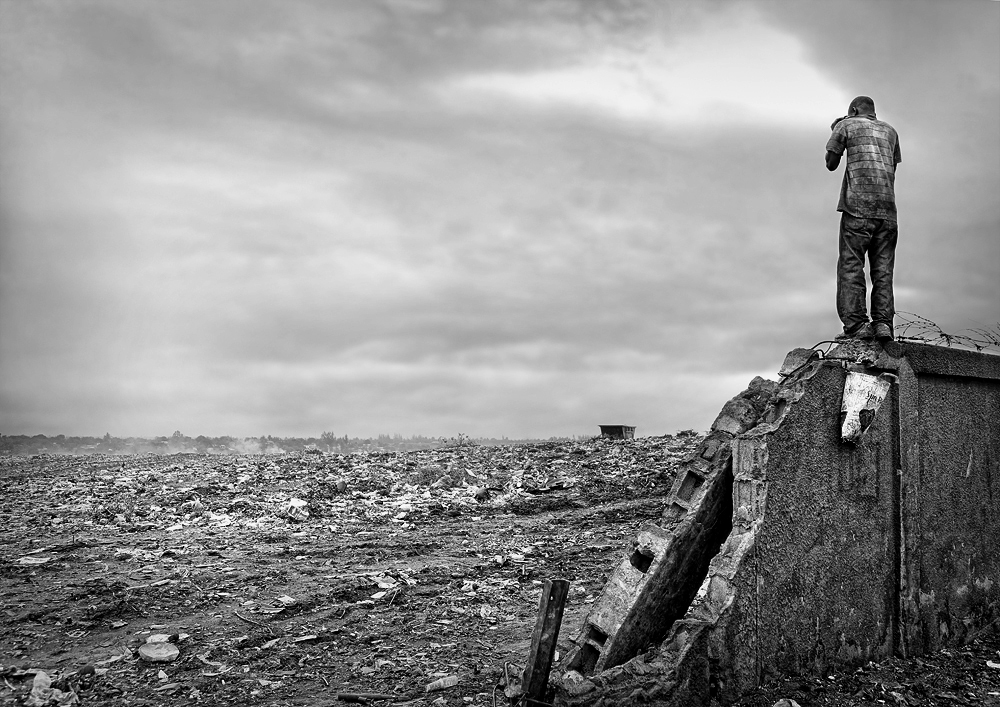

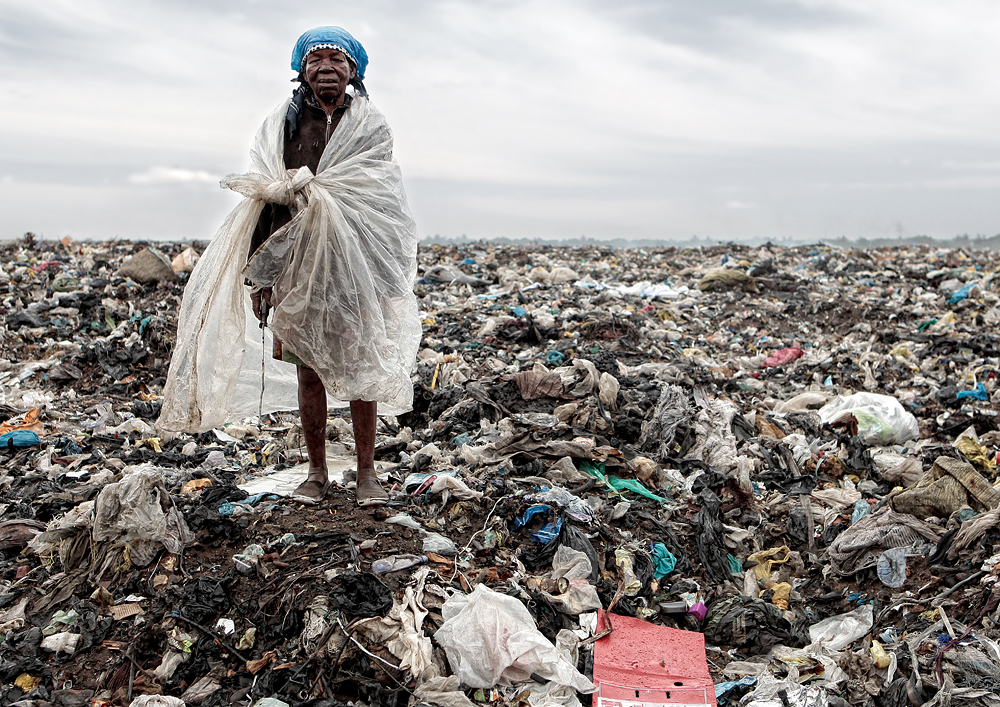
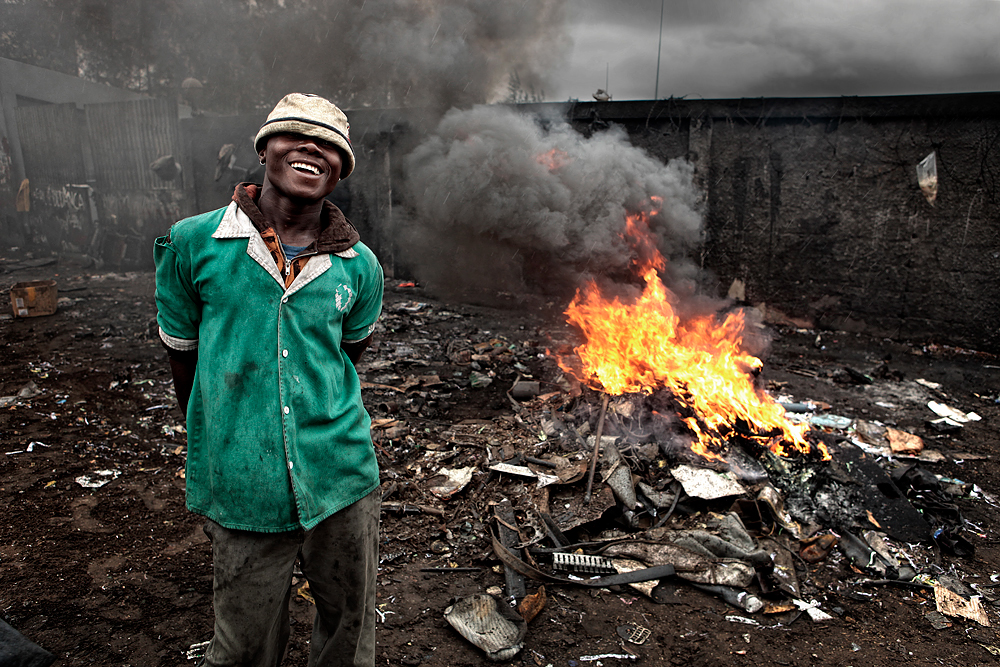
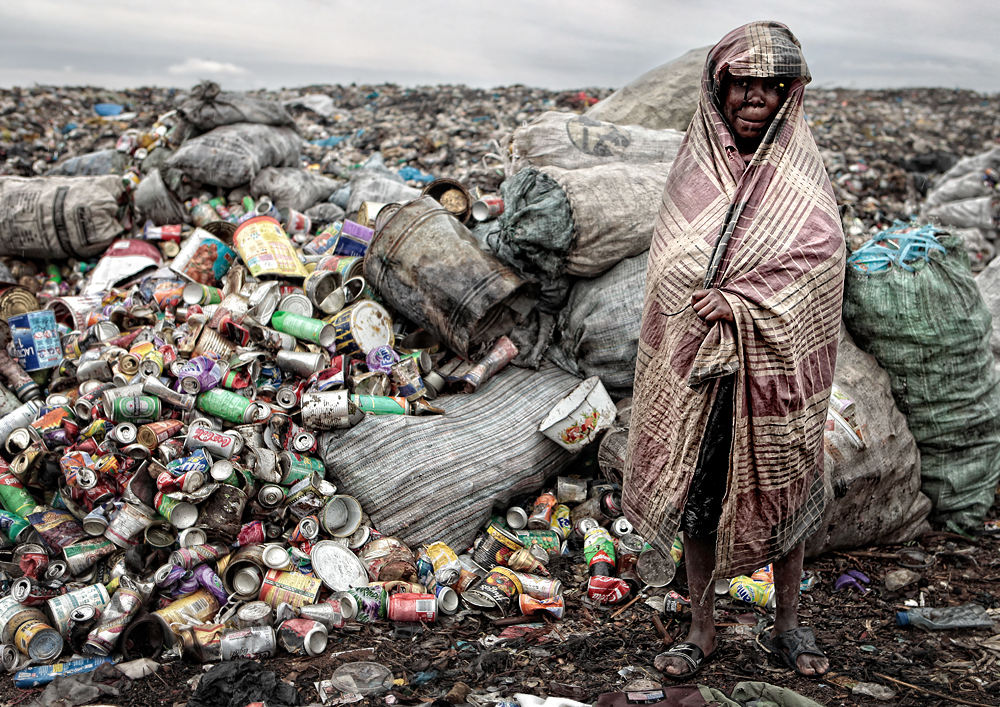
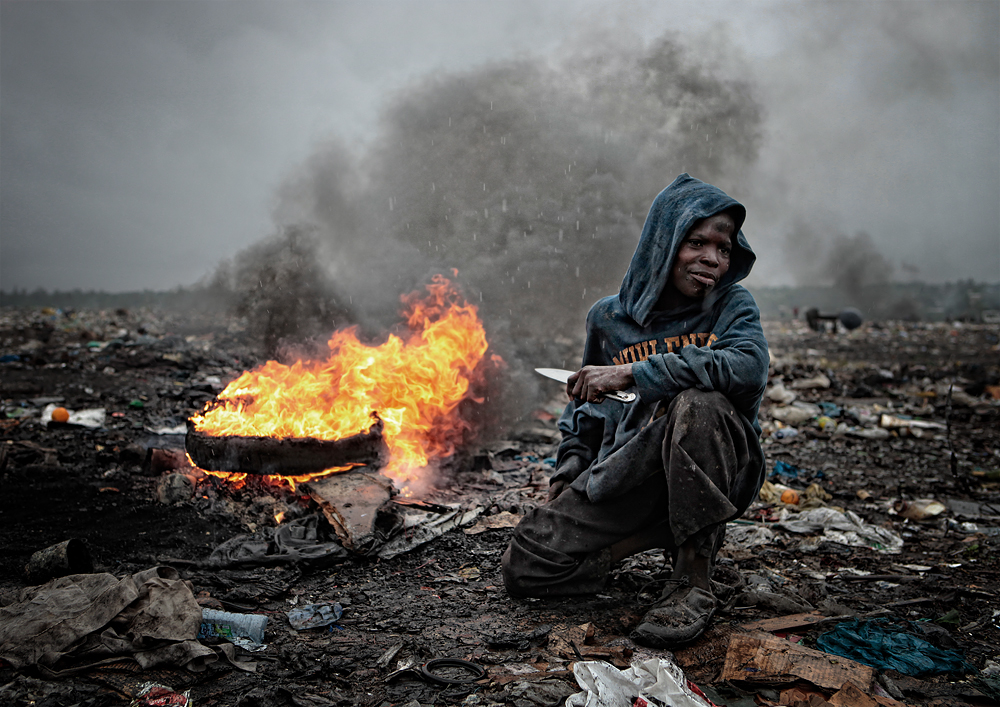

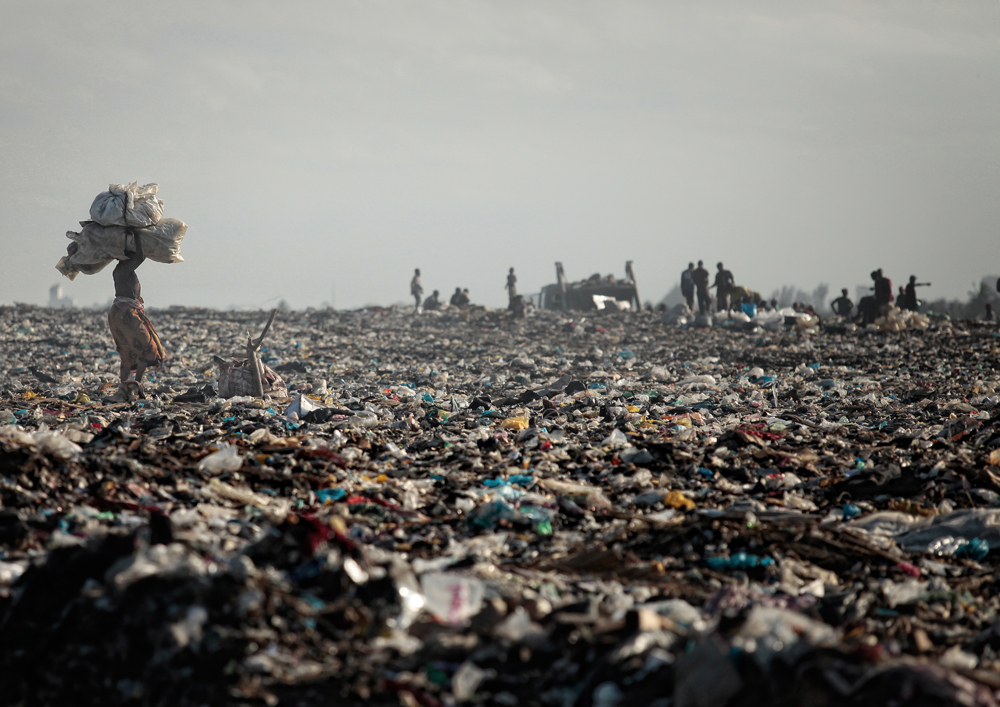
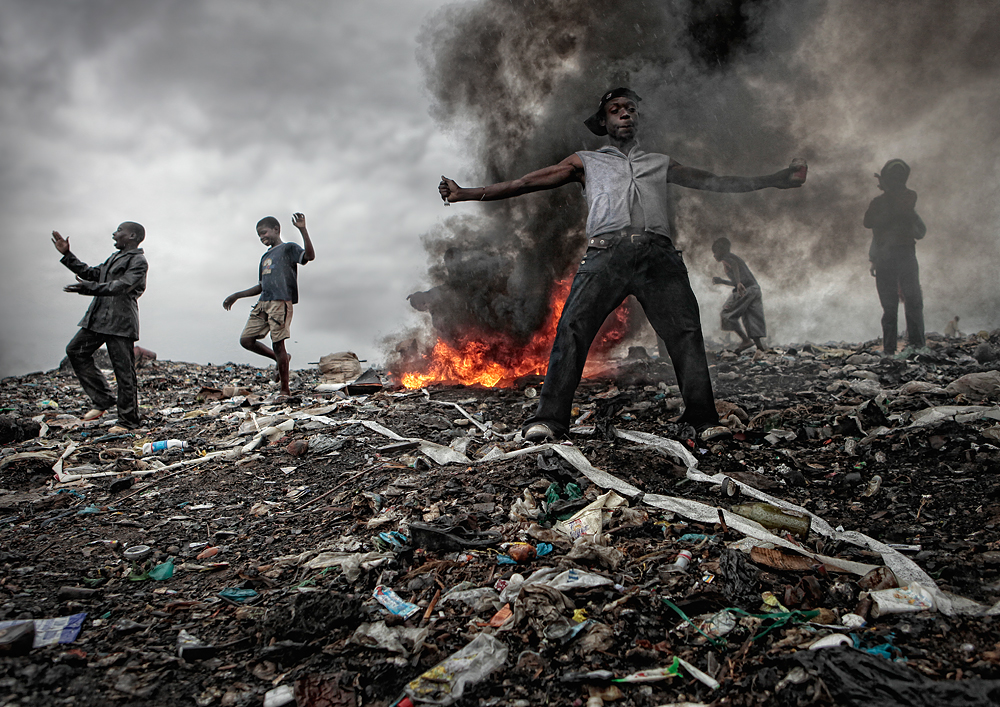
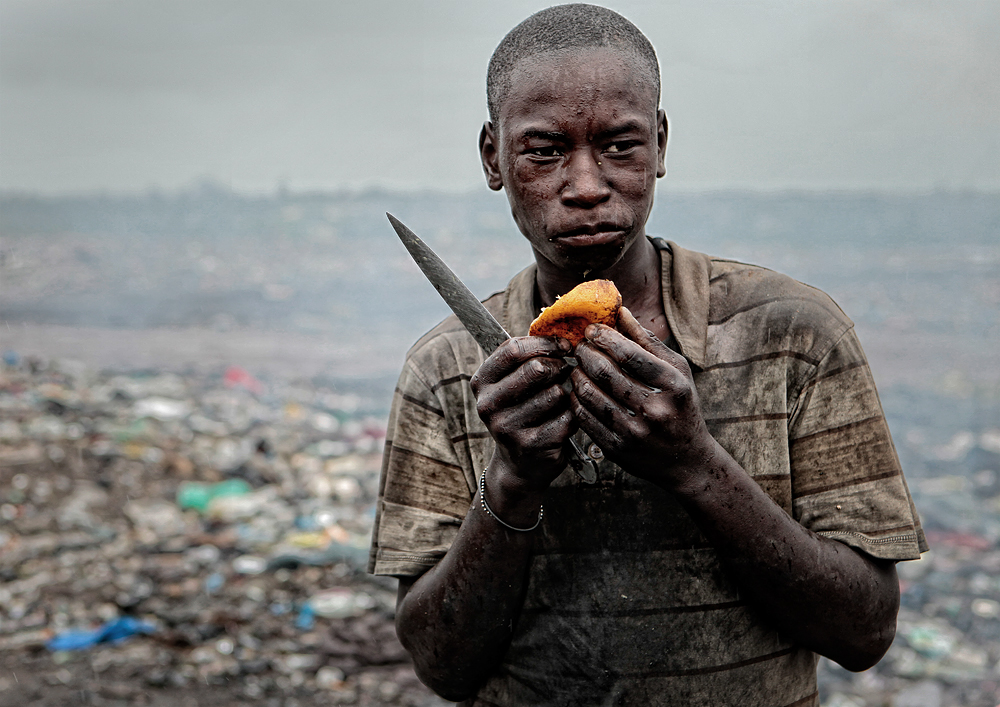

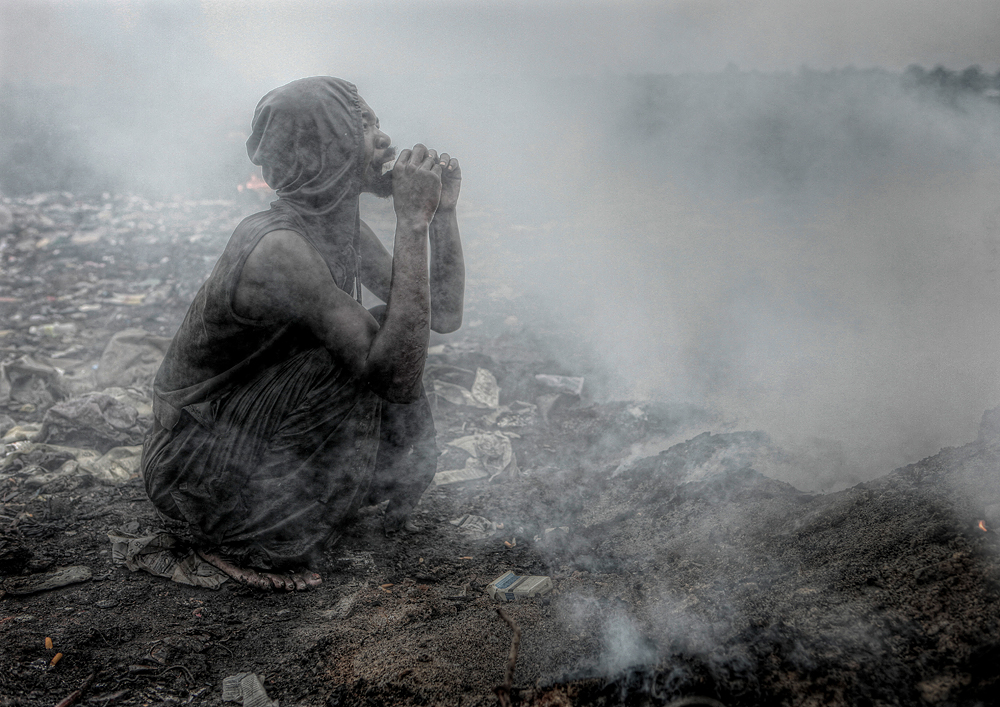



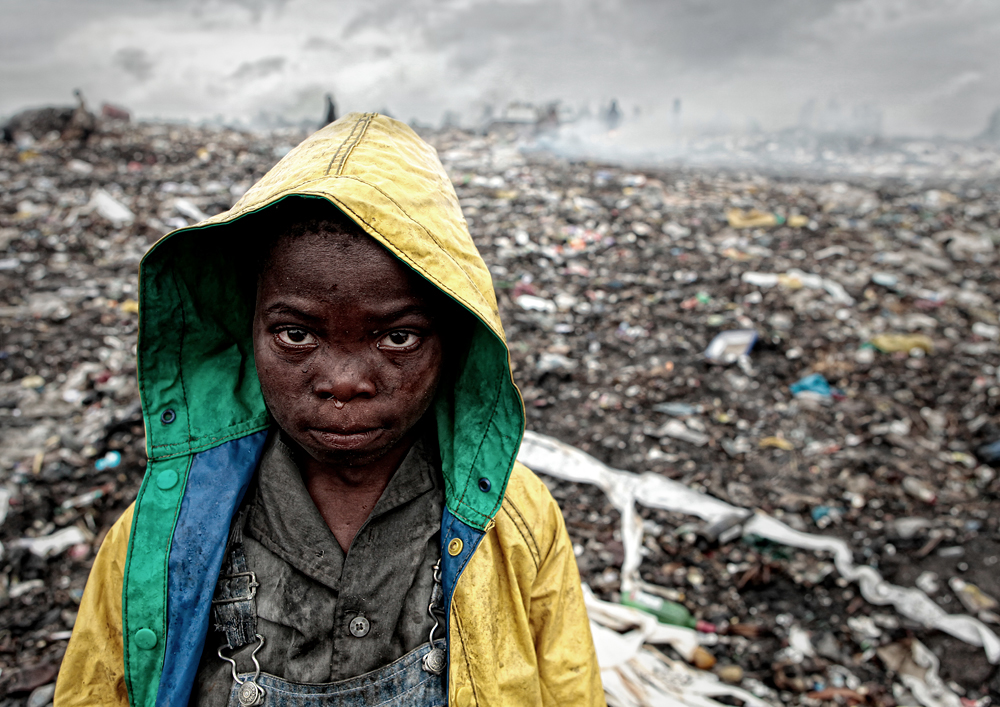
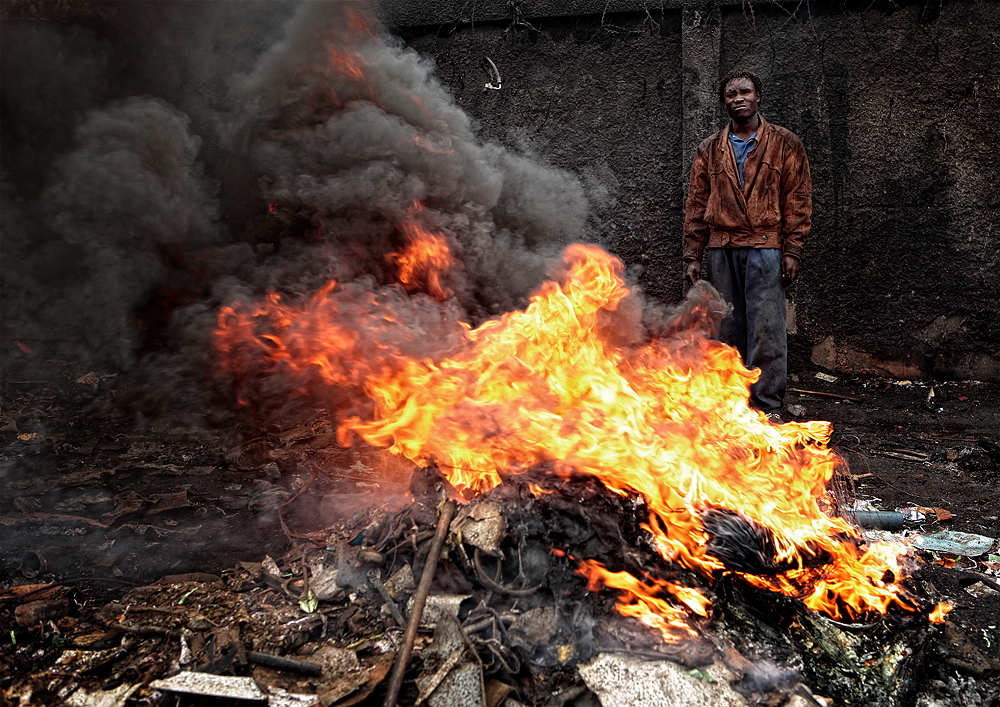
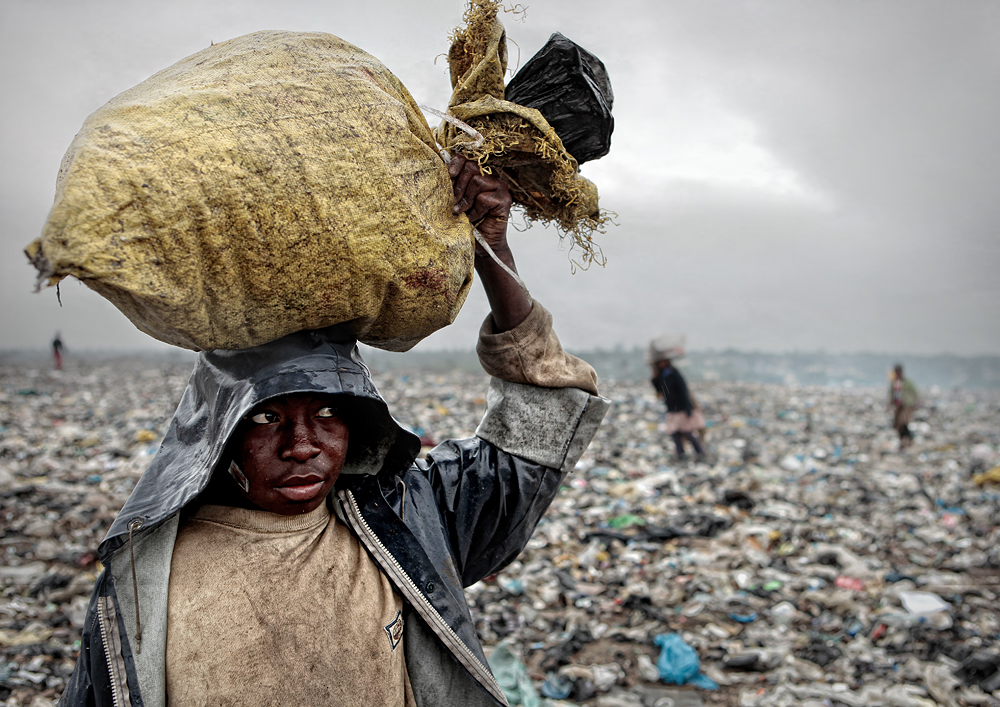
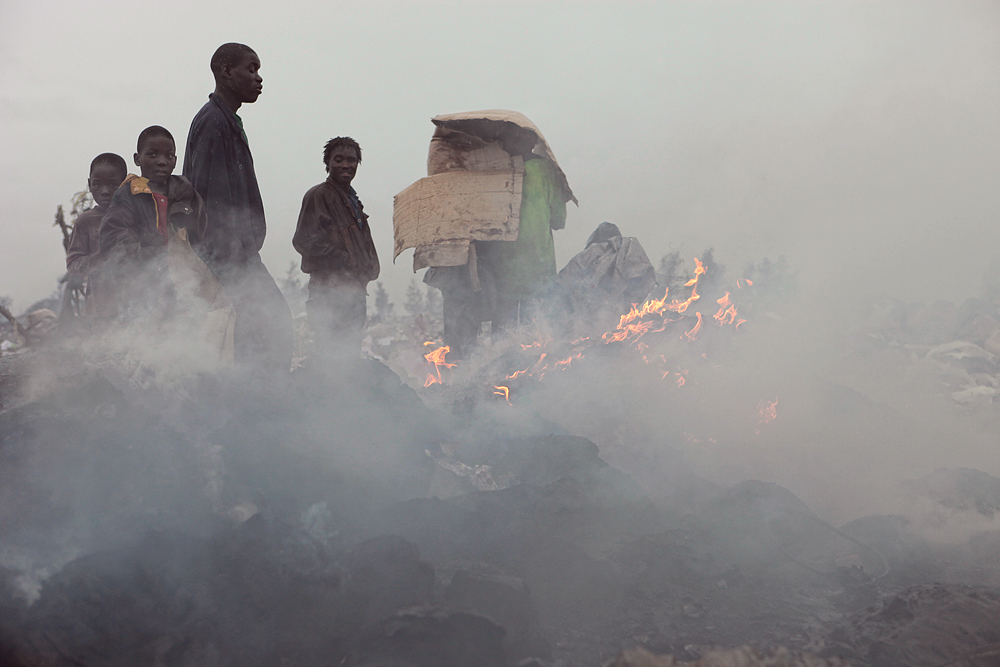

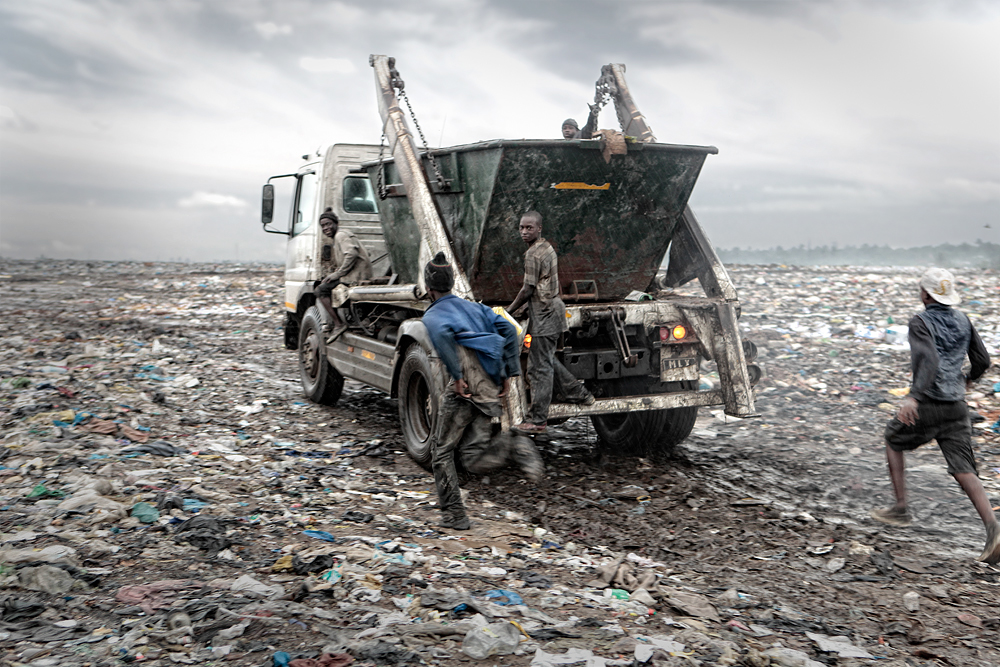


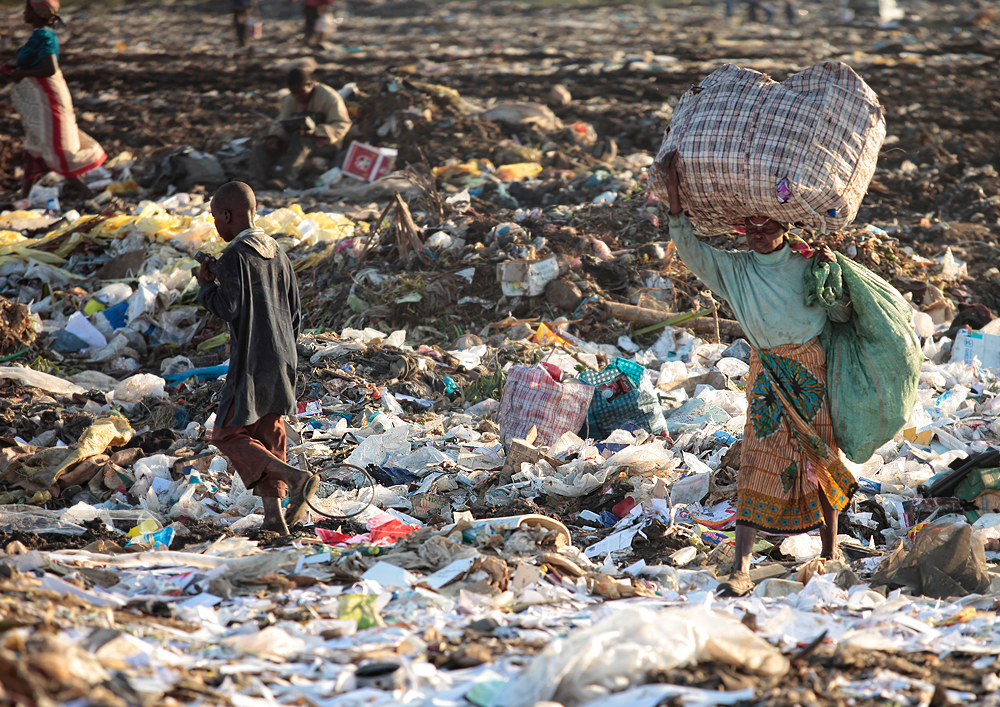


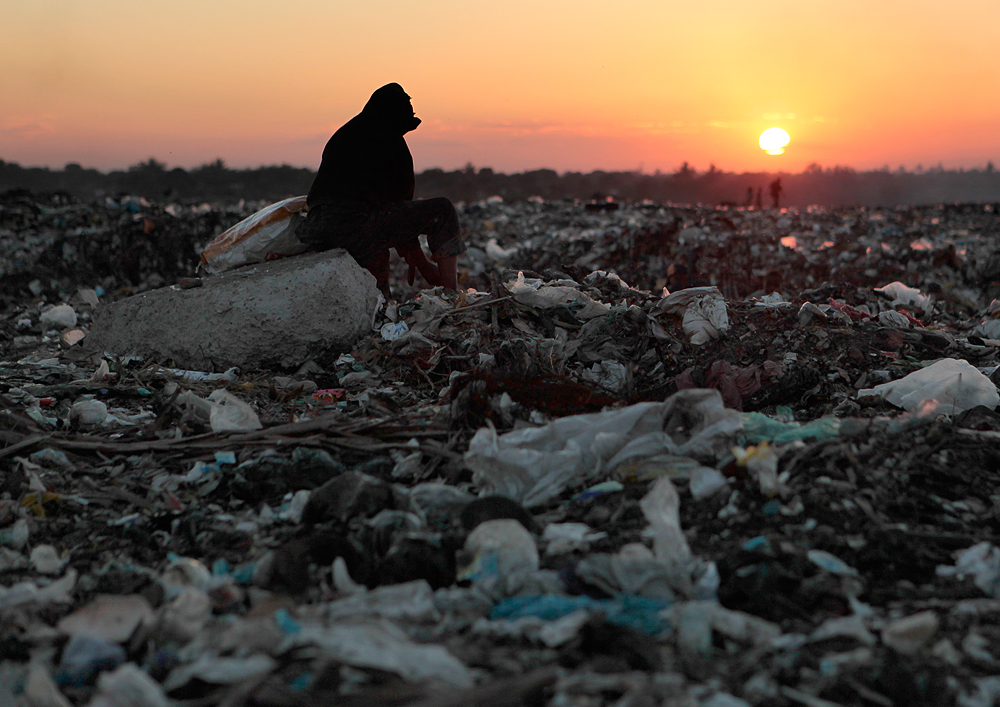



A inércia grotesca consciente/inconsciente do humano enquanto humano remete para cenários torpes de qualquer 3º mundo a distâncias nada menos que astronómicas. Distâncias essas, que em pleno século XXI se tornam cenários como os que testemunhei na lixeira de Huléne, animações demasiado pictóricas de um panorama demasiado desactualizado. Cenários onde a vida se exila de sentidos, onde questiono a cor da minha fé e me alheio do real... um real tão marcante, quanto presente.
A sul de Moçambique, bem no coração de Maputo e a escassos metros do aeroporto da Capital, encontra-se a lixeira de Huléne, mãe de muitas histórias, casa de muitos renegados e sustento de muitos mais. É difícil lograr qualquer tipo de juízo quando a incredibilidade amotina qualquer estado de alma ou percepção intelectual. Os limites da lixeira ultrapassam a sensibilidade comum - e até a perspicuidade do olhar - e nem os muros que a aprisionam, conseguem dissimular um cenário nada menos que dantesco - cortados a sul por uma entrada improvisada, um buraco no maciço muro de cimento, concreto e bruto.
Ali confluem todo um tipo de necessidades e propósitos. Movimentações constantes de pessoas e camiões compõem um complexo jogo de cores e sensações que nos despertam para a proximidade do precário e do insensível. São muitas as personagens, mas muito poucas as diferenças.
Os “catadores de lixo” são os que mais agitam os horizontes. São peões de um dos poucos negócios, e talvez o mais rentável, que ainda consegue florir entre a mais profunda e desesperante imundice – a reciclagem. Furam freneticamente os corredores de lixo em busca da utilidade. Porque a utilidade ali, e para eles, pode mais tarde valer um pouco mais que pão e leite.
Depois, os outros. Os outros que se assemelham por excesso a muitas caricaturas do pobre e do mendigo que muitas vezes se camuflam entre piadas de genéricos ou bandas desenhadas generalistas do mundo civilizado. Os outros dos olhos sem vida. Os outros do sorriso sem cor e do rosto vazio de expressão. Os outros que tornam esta experiência muito mais humana.
As fotografias fluem numa cadência desproporcionada. A consciência do que vejo inquieta drasticamente a minha percepção das coisas. Nunca o nada fez tanto sentido, e o valor material, tão pouco. Ali o belo torna-se noutro belo, o digno noutro digno. A importância nunca teve na cor da camisa ou sequer no tamanho do sapato. E no meio de tão pouco, rodeado de tamanha e angustiante putrefacção, constatações simples como a que entre o interesse e a curiosidade me dou conta, nunca antes foram tão perturbantes – “todos os dias comemos carne”. A inquietação há muito que me havia tomado por completo, mas a surpresa, essa, é inoportuna, desperta-me a todo o momento. Ali, quando o fruto se torna o resto, o resto torna-se o fruto.
Não é fácil conhecer a lixeira. Não é fácil crer no que é apenas a realidade. Conhecê-la, não é mais que acordar para as diferentes realidades do homem e do mundo. E o maior erro é pensar que ali não há espaço para a vergonha. Uma vergonha muito mais legítima que qualquer outra. Uma vergonha muito mais tocante e bruta de sentido. Porque para muitos estar ali não é nem foi uma opção. Porque muitos deles, já viram para lá dos muros.
São estas circunstâncias, num país em senda de progresso e desenvolvimento através do investimento externo, que tornam a lixeira de Huléne um fenómeno cada vez mais desactualizado até para o contexto de crise e delicadeza económica no qual se insere Moçambique.
Esta, não é a cor da minha fé, é a inconsciência da verdade que teimosamente desfigura a sociedade civil e a condição do homem enquanto ser humano.
A sul de Moçambique, bem no coração de Maputo e a escassos metros do aeroporto da Capital, encontra-se a lixeira de Huléne, mãe de muitas histórias, casa de muitos renegados e sustento de muitos mais. É difícil lograr qualquer tipo de juízo quando a incredibilidade amotina qualquer estado de alma ou percepção intelectual. Os limites da lixeira ultrapassam a sensibilidade comum - e até a perspicuidade do olhar - e nem os muros que a aprisionam, conseguem dissimular um cenário nada menos que dantesco - cortados a sul por uma entrada improvisada, um buraco no maciço muro de cimento, concreto e bruto.
Ali confluem todo um tipo de necessidades e propósitos. Movimentações constantes de pessoas e camiões compõem um complexo jogo de cores e sensações que nos despertam para a proximidade do precário e do insensível. São muitas as personagens, mas muito poucas as diferenças.
Os “catadores de lixo” são os que mais agitam os horizontes. São peões de um dos poucos negócios, e talvez o mais rentável, que ainda consegue florir entre a mais profunda e desesperante imundice – a reciclagem. Furam freneticamente os corredores de lixo em busca da utilidade. Porque a utilidade ali, e para eles, pode mais tarde valer um pouco mais que pão e leite.
Depois, os outros. Os outros que se assemelham por excesso a muitas caricaturas do pobre e do mendigo que muitas vezes se camuflam entre piadas de genéricos ou bandas desenhadas generalistas do mundo civilizado. Os outros dos olhos sem vida. Os outros do sorriso sem cor e do rosto vazio de expressão. Os outros que tornam esta experiência muito mais humana.
As fotografias fluem numa cadência desproporcionada. A consciência do que vejo inquieta drasticamente a minha percepção das coisas. Nunca o nada fez tanto sentido, e o valor material, tão pouco. Ali o belo torna-se noutro belo, o digno noutro digno. A importância nunca teve na cor da camisa ou sequer no tamanho do sapato. E no meio de tão pouco, rodeado de tamanha e angustiante putrefacção, constatações simples como a que entre o interesse e a curiosidade me dou conta, nunca antes foram tão perturbantes – “todos os dias comemos carne”. A inquietação há muito que me havia tomado por completo, mas a surpresa, essa, é inoportuna, desperta-me a todo o momento. Ali, quando o fruto se torna o resto, o resto torna-se o fruto.
Não é fácil conhecer a lixeira. Não é fácil crer no que é apenas a realidade. Conhecê-la, não é mais que acordar para as diferentes realidades do homem e do mundo. E o maior erro é pensar que ali não há espaço para a vergonha. Uma vergonha muito mais legítima que qualquer outra. Uma vergonha muito mais tocante e bruta de sentido. Porque para muitos estar ali não é nem foi uma opção. Porque muitos deles, já viram para lá dos muros.
São estas circunstâncias, num país em senda de progresso e desenvolvimento através do investimento externo, que tornam a lixeira de Huléne um fenómeno cada vez mais desactualizado até para o contexto de crise e delicadeza económica no qual se insere Moçambique.
Esta, não é a cor da minha fé, é a inconsciência da verdade que teimosamente desfigura a sociedade civil e a condição do homem enquanto ser humano.


